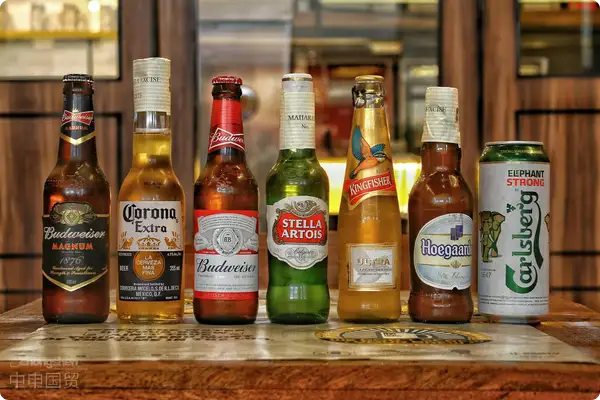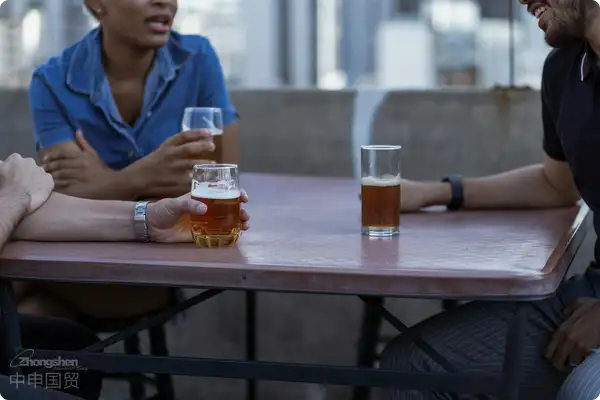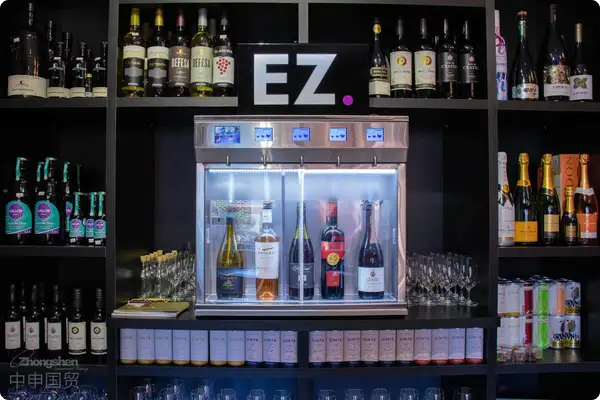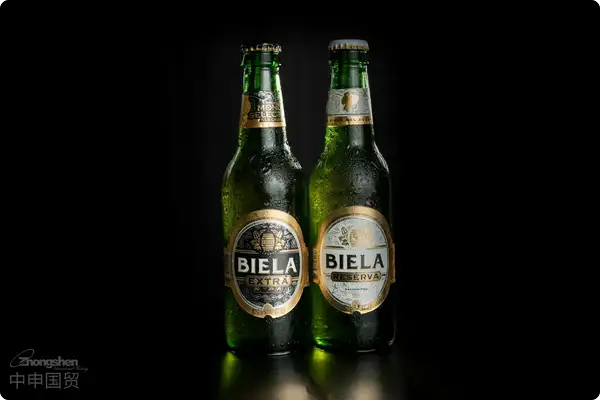- Shanghai Zhongshen International Trade Co., Ltd. - Two decades of trade agency expertise.
- Service Hotline: 139 1787 2118

When Craft Beer Meets Customs: The Fantastic Drift of Stout
Three years ago, I handled an agency order for Belgian Trappist Stout. The client insisted on retaining the Trappist logo on the label. As a result, the shipment was detained at customs for 47 days due to incomplete declaration of religious symbols—each day of delay increased the risk of oxidation. This deeply taught me that:Craft beer agency is not about romance but about precise control of details.
Sweet Trap 1: The Dual Nature of Origin Certification
Stout beersIt is recommended to verify through the following methods:books often hide mysteries:
- The EU A.TR certificate is only applicable to specific tariff preferences, but craft beers mostly adopt autonomous tax rates
- The US CBP Form 3229 must be submitted along with the brewerys wastewater discharge permit
- The Japanese brewing association certificate must include a description of the malt saccharification process (different from regular beer)
Last year, a New Zealand client missedthe manual brewing process description, resulting in the entire container being taxed as industrial beer, causing costs to surge by 23%.
Sweet Trap 2: The Three-Layer Magic Cube of Tariff Calculation
When using the common 11% VAT + 10% consumption tax as a benchmark, special attention should be paid to:
- When alcohol content is ≥0.5% and <1.2%, it may trigger disputes over classification as soft drinks
- The barrel material of oak-aged Stout affects classification (oak barrels must be declared separately)
- Proof of collectible value for limited-edition beer can be used to apply for tariff reductions
Sweet Trap 3: The Invisible Battlefield of Label Compliance
We once used professional equipment to detect that a certain US Stoutsactual alcohol content was 0.3% higher than the labeled value, avoiding the risk of the entire batch being returned. Label reviews should focus on:
- The margin of error in Chinese-English nutritional information conversion (≤5%)
- Whether allergen labeling includes barley products
- The method of shelf-life labeling (production date + shelf life vs. expiration date)
Sweet Trap 4: The Flavor Killer During Transportation
Stout beer is extremely sensitive to transportation conditions:
- Temperature fluctuations must be controlled within ±2℃ (compared to ±5℃ for regular beer)
- Light-proof containers require additional shock-absorbing layers
- Maritime TransportationAvoid high-temperature sea areas near the equator
The 2025 revised Perishable Goods Transport Agreement requires craft beer to usedual temperature recorders, a point often overlooked.
Sweet Trap 5: The Cognitive Gap of Cultural Differences
A German brewery insisted on using Gothic fonts on the label, which were mistaken for hazardous material symbols. Cultural adaptation requires attention to:
- Religious symbols require prior filing (e.g., monastery crosses)
- Portraits of historical figures require authorization documents
- Special brewing terminology requires officially certified translations
Private advice from veteran customs clearance experts
It is recommended to establishTrinity risk control mechanism:
- Pre-review stage: Obtain original production records from the brewery
- Pre-shipment: Conduct simulated customs clearance tests
- Upon arrival: Prepare two sets of declaration plans (A and B)
Remember that time we successfully resolved a classification dispute by preparing in advanceMalt roasting degree curve chartsaving the client 117,000 yuan in late declaration fees.
Craft beer agency is like tasting a stout itself - the first sip reveals chocolate richness, while careful tasting uncovers coffee bitterness. When embarking on this flavor journey, remember the customs tariff book is your tasting notes - every annotation could alter the fate of an entire shipment.
Related Recommendations
Category case
Contact Us
Email: service@sh-zhongshen.com
Related Recommendations
Contact via WeChat

? 2025. All Rights Reserved. Shanghai ICP No. 2023007705-2  PSB Record: Shanghai No.31011502009912
PSB Record: Shanghai No.31011502009912








